Unveil the charm of traditional craftsmanship with our Aesthetic Green Handloom cotton Saree. This exquisite piece blends the timeless appeal of handloom weaving with the modern comfort of handmade cotton, making it a must-have for any wardrobe.
First, let’s talk about the captivating green hue. This vibrant shade exudes freshness and vitality, making it perfect for various occasions. Whether you’re attending a festive celebration, a formal event, or simply looking to add a touch of elegance to your daily attire, the Aesthetic Green Handloom cotton Saree will ensure you stand out with grace.
Moving on to the fabric, this saree is handwoven from the finest handmade cotton. The natural texture of handmade cotton provides unmatched comfort and breathability, making it ideal for all-day wear. The lightweight fabric drapes beautifully, allowing you to move with ease and confidence. Moreover, handmade cotton is known for its eco-friendly qualities, making this saree a sustainable choice for the environmentally conscious fashionista.
What sets this saree apart is its intricate handloom craftsmanship. Each piece is meticulously woven by skilled artisans who have honed their craft over generations. The delicate patterns and fine details reflect the dedication and expertise of the weavers, making each saree a unique piece of art. Wearing this saree is not just a fashion statement; it’s a tribute to the rich cultural heritage of handloom weaving.
The versatility of the Aesthetic Green Handloom cotton Saree is another highlight. Pair it with traditional jewelry for a classic look, or opt for modern accessories to create a contemporary ensemble. The elegant green color and exquisite craftsmanship make it suitable for a variety of styles and occasions, allowing you to express your unique fashion sense.
In conclusion, this Saree is a perfect blend of elegance, comfort, and tradition. Add this exquisite piece to your collection and enjoy the timeless beauty and craftsmanship it offers.
You can also check posts on this product – https://in.pinterest.com/pin/923660204821552007/
You may also like – https://www.poridheo.com/product/linen-silk-saree/






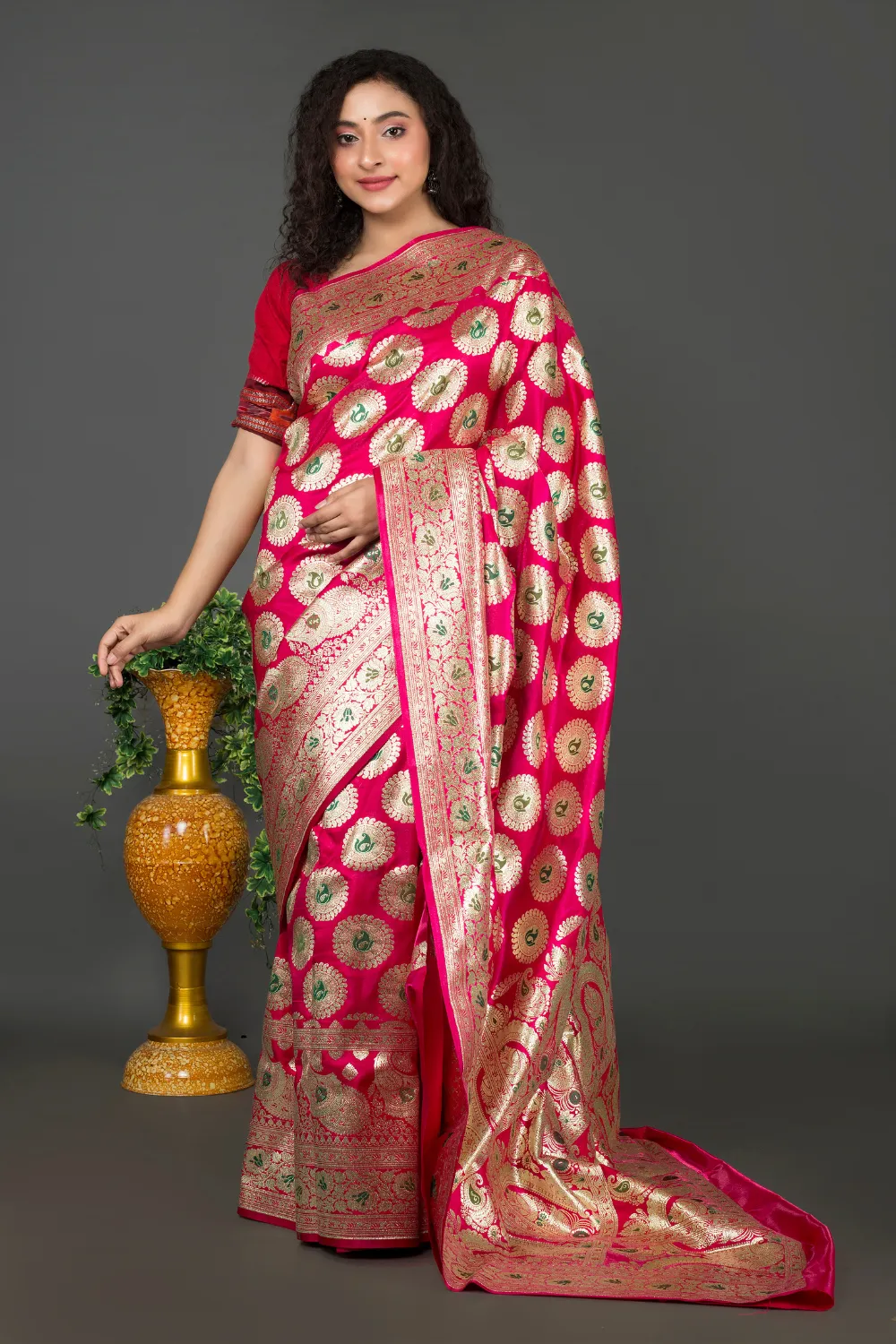

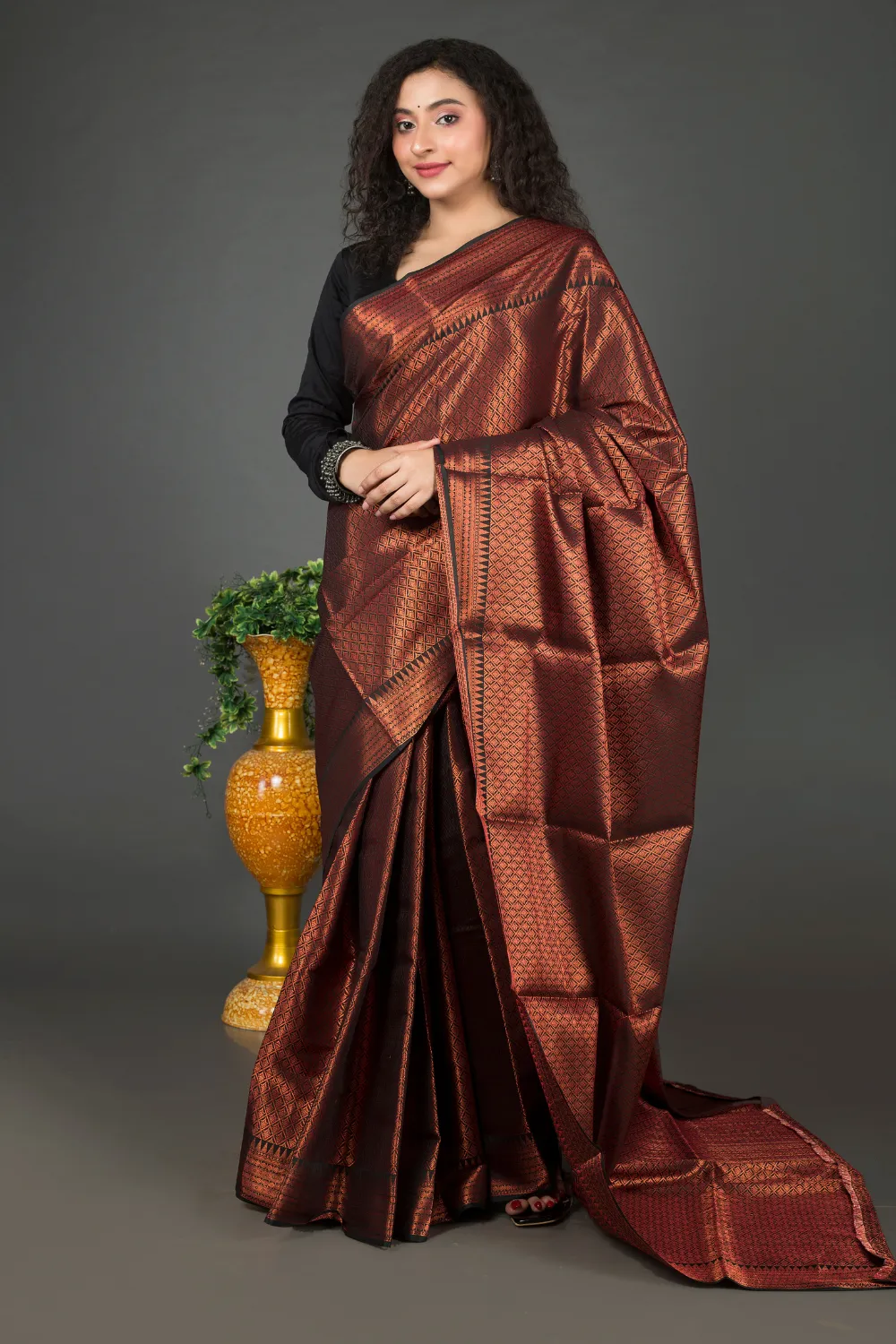
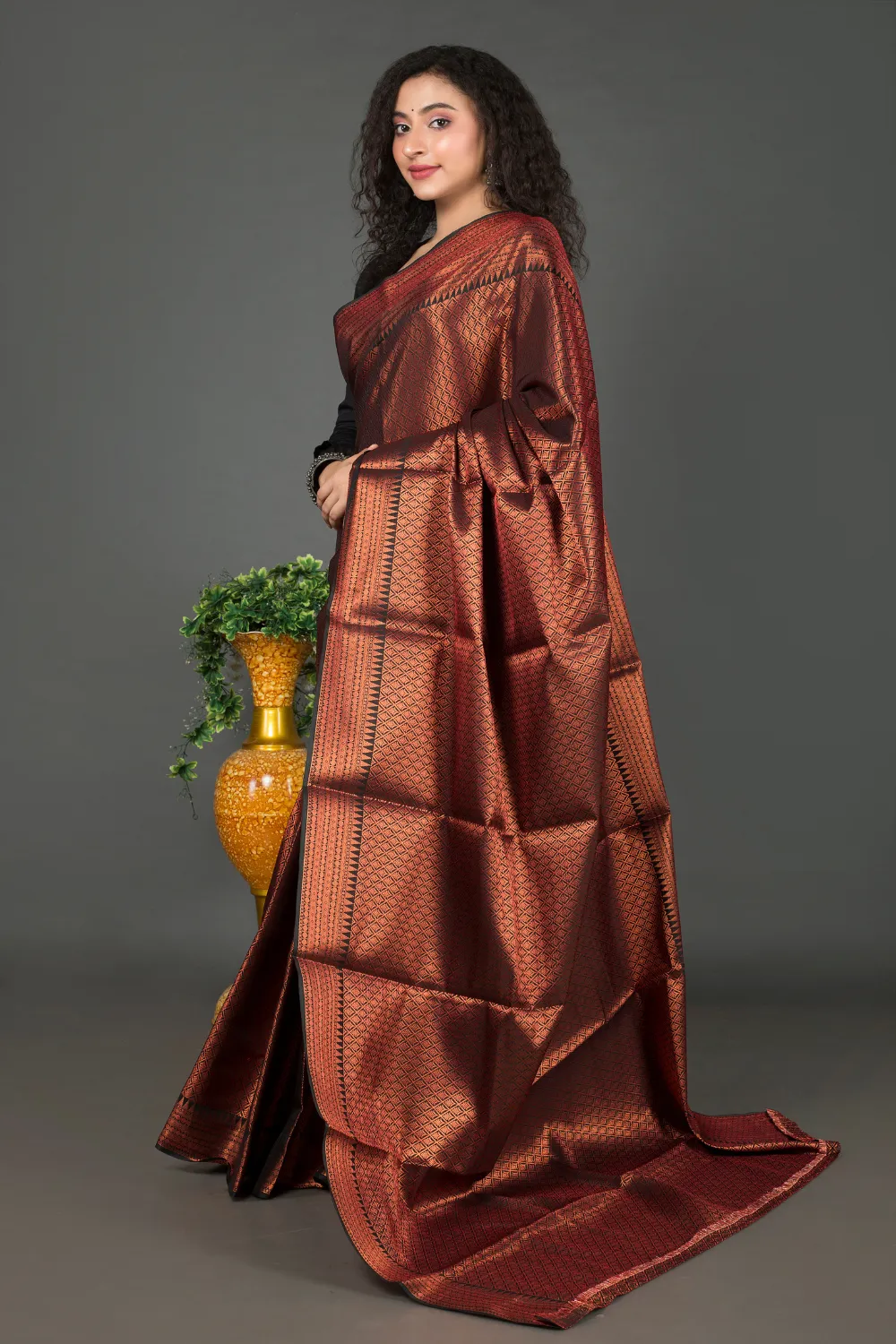


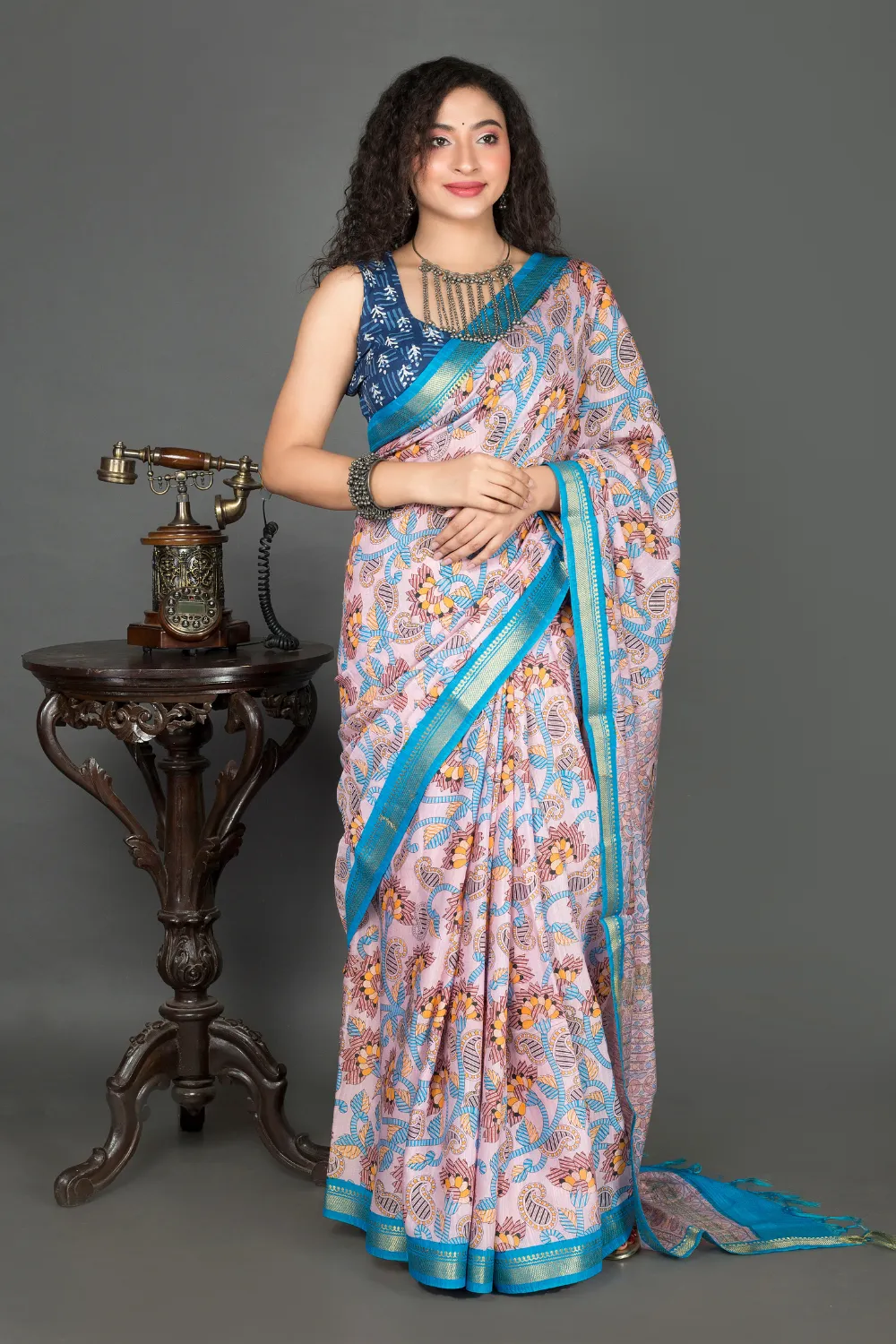
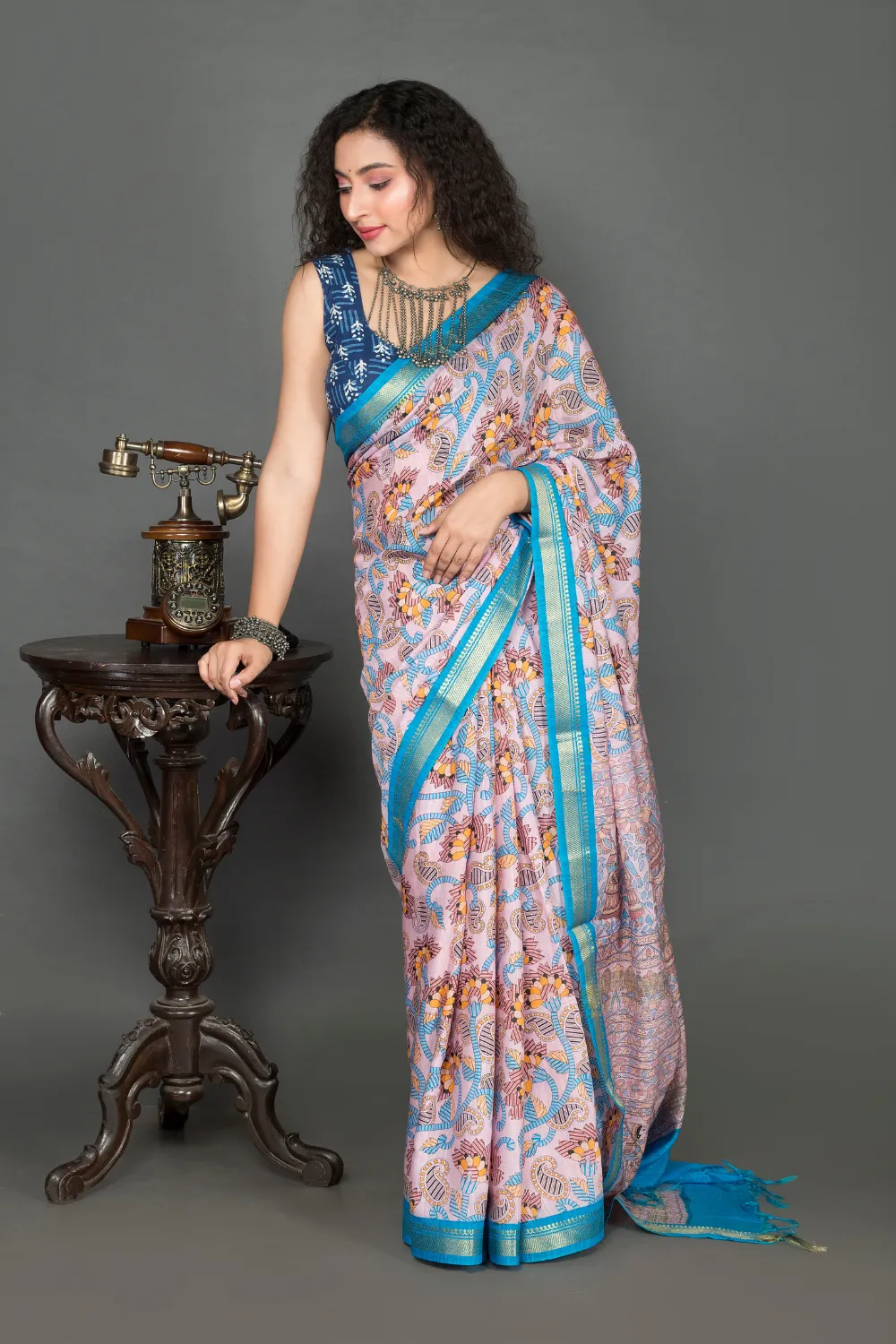
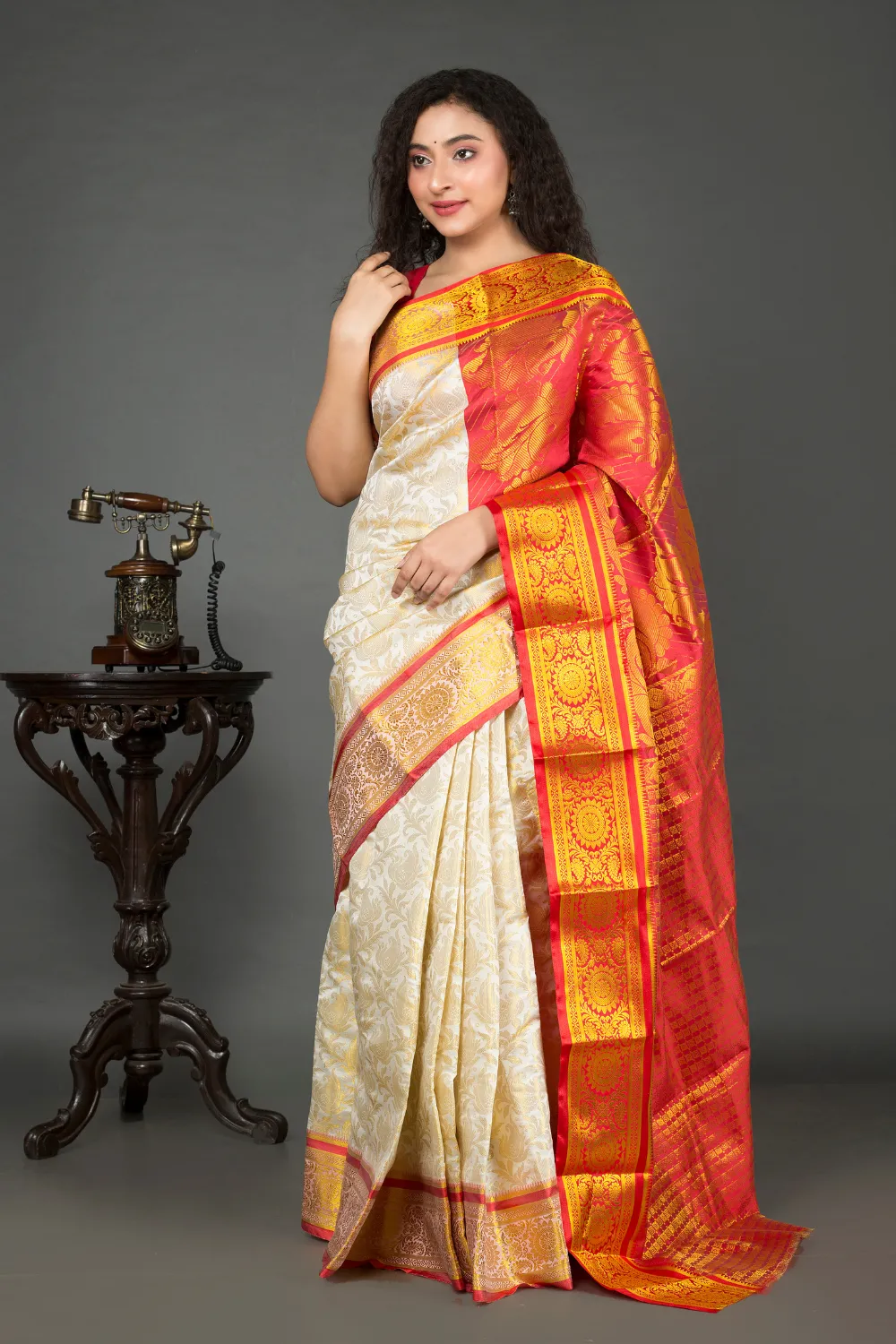

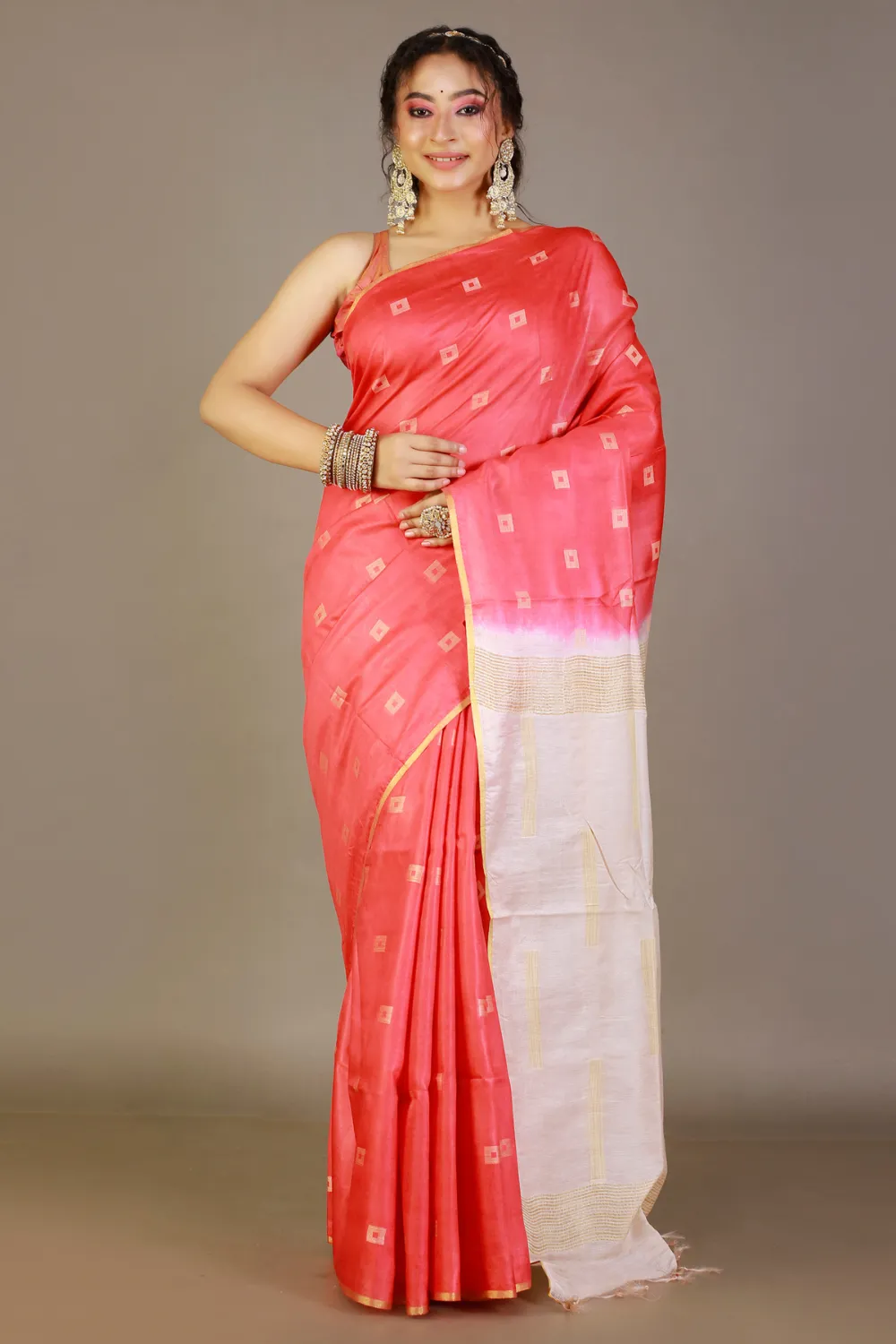





Reviews
Clear filtersThere are no reviews yet.